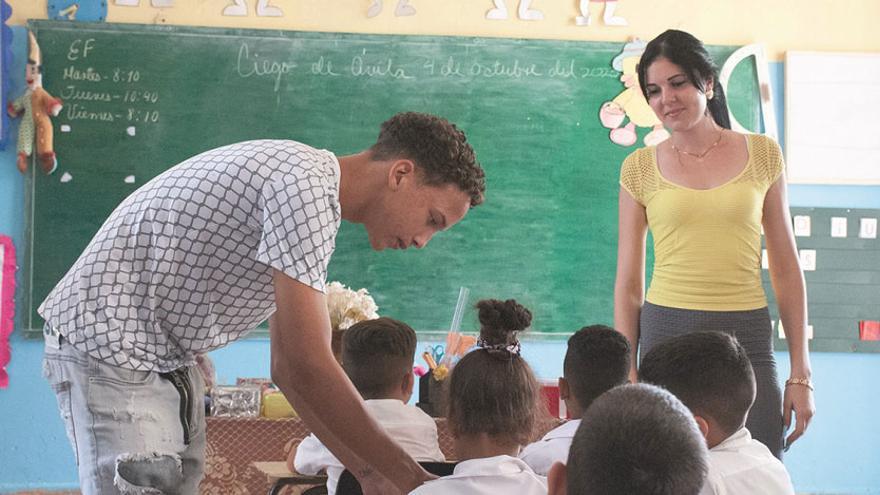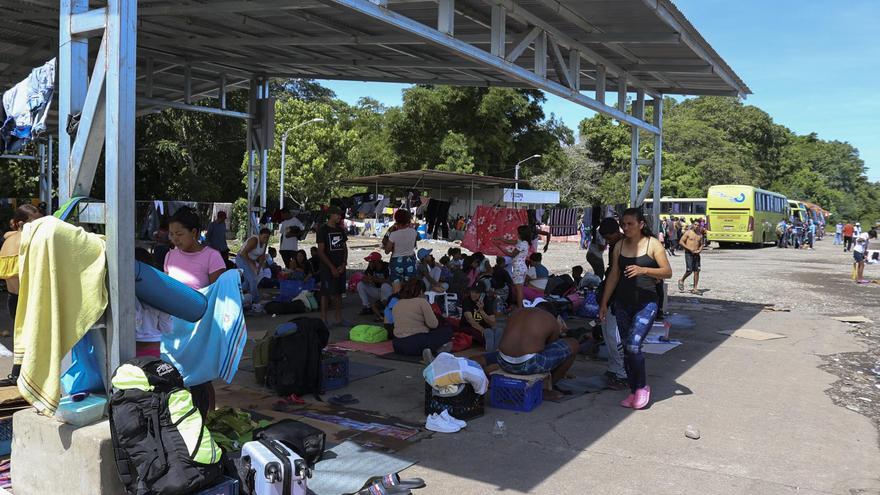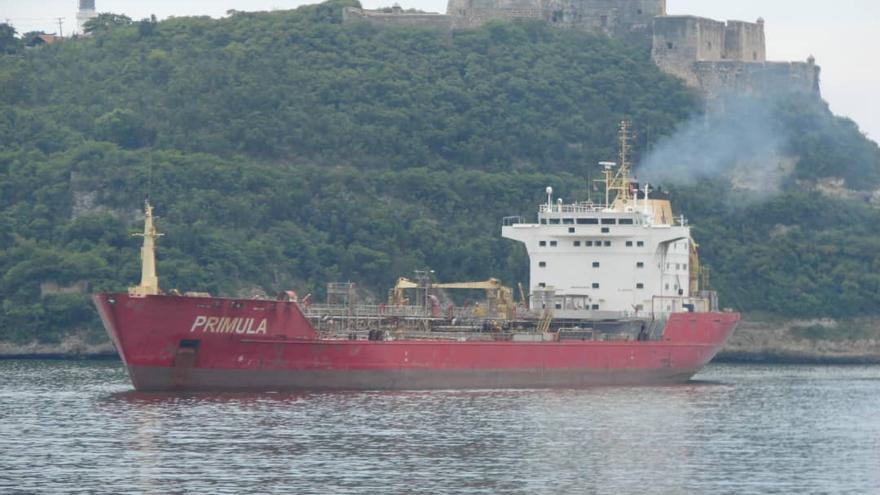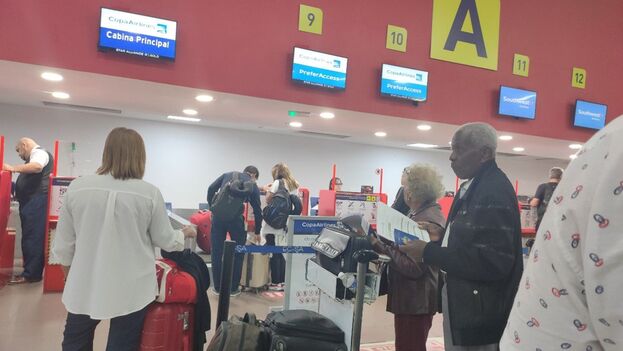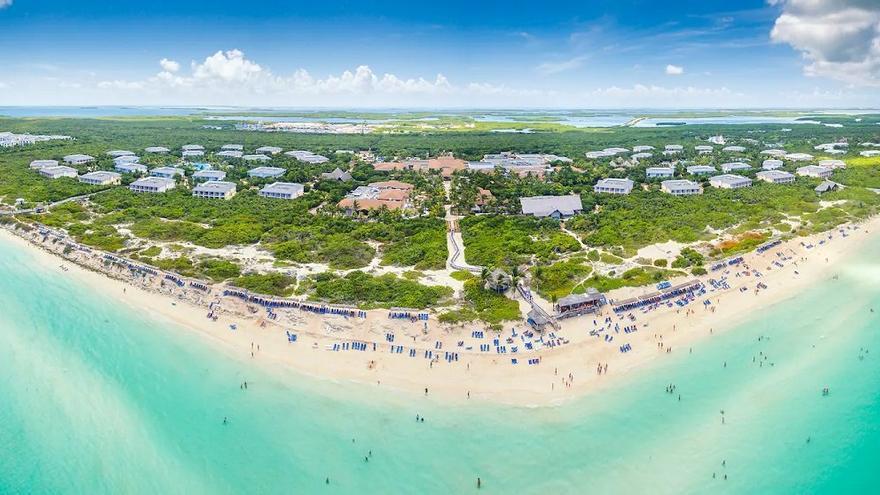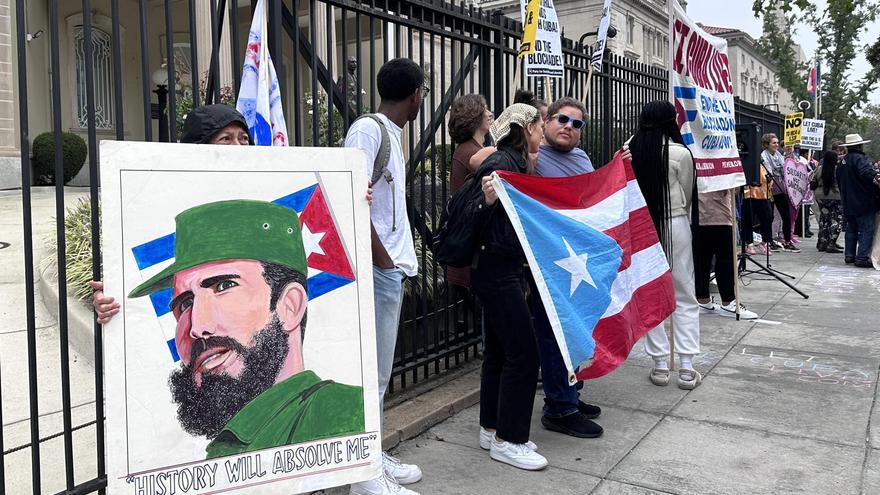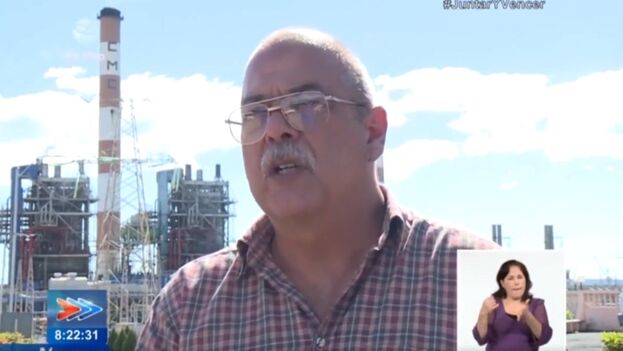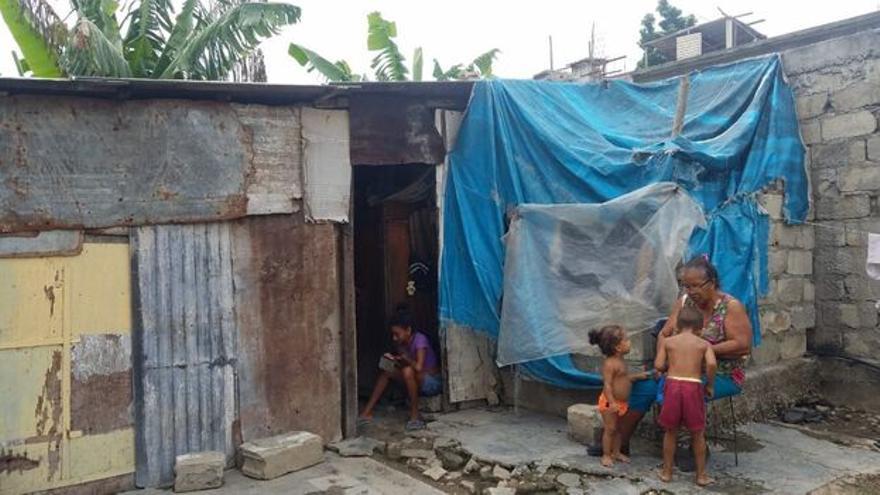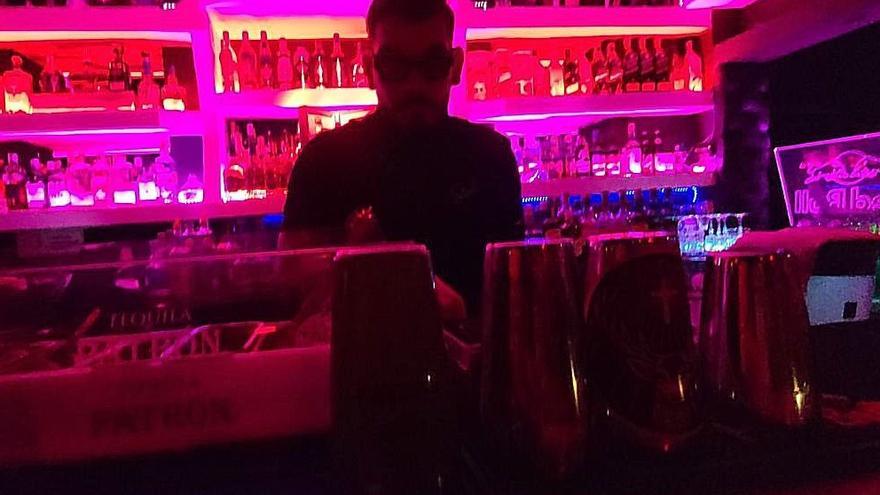
![]() EFE (via 14ymedio), Ángel Salinas, Mexico, 28 September 2023 — Travel agencies in Tapachula (Chiapas) are doubling the cost of tickets for Cubans who want to fly to Mexico City or the U.S. border. This was reported to 14ymedio by Yumara, a 29-year-old Cuban who was processed by the Mexican Commission for Refugee Assistance (Comar) for the “complementary protection” document that guarantees her stay in Mexico while requesting an asylum appointment for the United States through the CBP One application.
EFE (via 14ymedio), Ángel Salinas, Mexico, 28 September 2023 — Travel agencies in Tapachula (Chiapas) are doubling the cost of tickets for Cubans who want to fly to Mexico City or the U.S. border. This was reported to 14ymedio by Yumara, a 29-year-old Cuban who was processed by the Mexican Commission for Refugee Assistance (Comar) for the “complementary protection” document that guarantees her stay in Mexico while requesting an asylum appointment for the United States through the CBP One application.
Yumara tried to buy a ticket at Tapachula International Airport, but Migration agents warned her that “it wasn’t allowed,” without showing her any official document. On the outskirts of the air terminal, she was offered a ticket to Tijuana (Baja California) for 16,000 pesos. “You arrive directly at the border to follow your procedure,” they told her. For a ticket to Mexico City, she was charged 15,000 pesos.
“What are these people thinking? I don’t have the money for this; I will try to go by land to Mexico City and from there to the border,” says Yumara, who knows of many Cubans, Venezuelans and Colombians who have paid the extra cost of the ticket sold by the travel agencies.
José Estrada, of the local agency Aerotur, argues that the increase in ticket price is due to the high demand caused by migrants. He also denies that the immigration authorities prevent them from boarding the flights. “They warn them that if they don’t have a transit permit, they can’t fly,” he says. continue reading
He insists on the extra cost of the tickets and points out that Volaris has flights from 7,000 pesos and Aeromexico from 9,000. “Nobody forces them to resort to an agency.”
Estrada says that 70% of the flights are occupied by migrants from Cuba, Venezuela, Nicaragua and Haiti, and the remaining 30% are Mexicans. Yumara says there are no Haitians buying tickets. “He is lying. They live on the street, and most of them are washing clothes or cleaning to have one meal a day. I don’t see them having to pay 15,000 pesos for a ticket.”
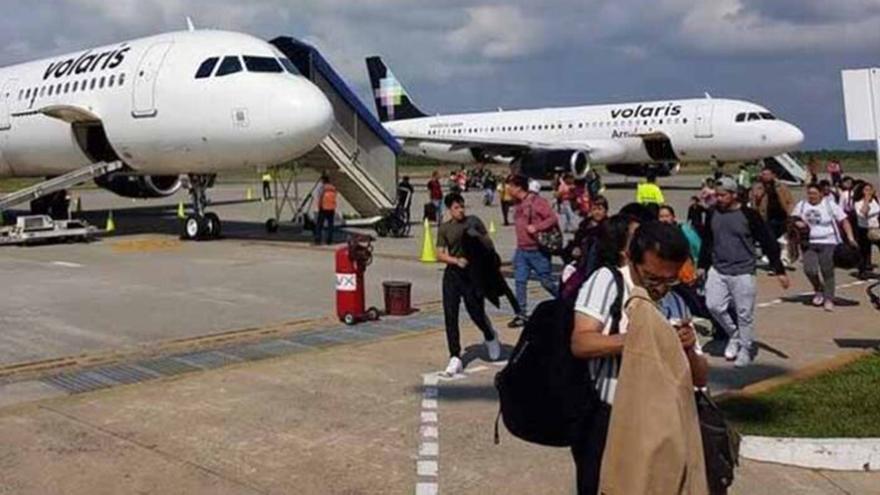
Alfredo Gálvez Sánchez, from the Vuela travel agency, accepts that the cost of a ticket to Mexico City, which at the beginning of the year was 4,000 pesos, has risen to 15,000 pesos. “This is because people who arrive at the agencies want to fly the next day, and you have to look for seats among the airlines.”
According to figures from the IWA, the demand for tickets is 1,200 per day.
The new migratory wave in Tapachula has caused a shortage of eggs, bread, rice and beans, warn shelter directors and activists in the region, who demand the intervention of the Government. “In supermarkets, sugar has already doubled in price, between 33 and 40 pesos (1.8 dollars and 2.28 dollars) for 2.2 pounds,” the director of the Todo Por Ellos shelter, Lorenza Reyes Núñez, said in an interview with EFE.
The activist complained that the Mexican authorities “do nothing” to stop the migratory flow and leave all the work to Comar, which has collapsed due to the arrival of thousands of foreigners daily in recent weeks.
Tapachula has been the scene this month of stampedes of thousands of migrants seeking an asylum appointment in Comar, demonstrations in the offices of the National Institute of Migration and undocumented people sleeping on the streets.
Dani Rorube, a migrant from Cuba, said that they are dissatisfied with the lack of issuance of transit documents, so they will set up a caravan to leave Tapachula. “We have gone to Migration, from Migration they send us to Comar, and they have us by the hairs, as the Cubans say. Everyone wants to walk, go in a caravan or with a coyote, but it’s a lot of money.”
Translated by Regina Anavy
____________
COLLABORATE WITH OUR WORK: The 14ymedio team is committed to practicing serious journalism that reflects Cuba’s reality in all its depth. Thank you for joining us on this long journey. We invite you to continue supporting us by becoming a member of 14ymedio now. Together we can continue transforming journalism in Cuba.

